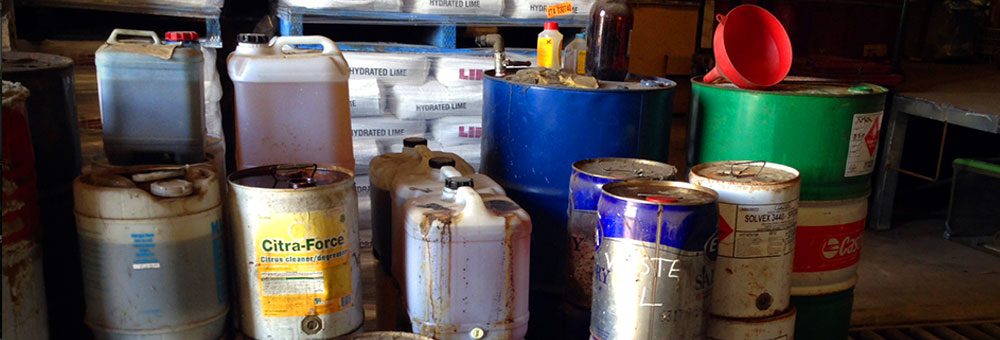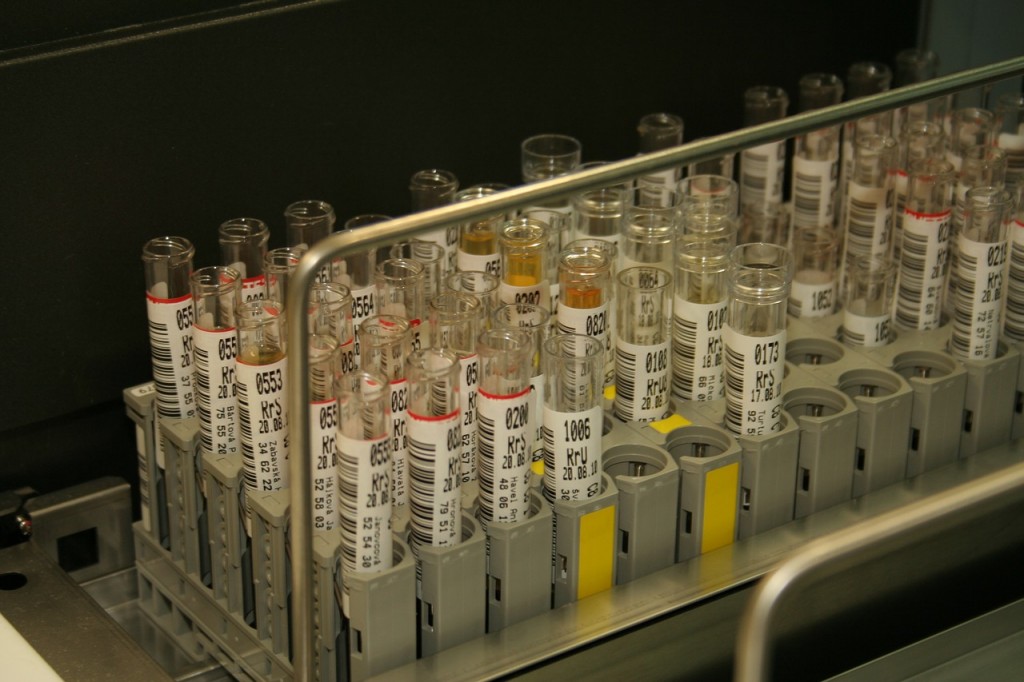Leading Liquid Waste Disposal Melbourne: Trusted Providers for Proper Waste Administration
Leading Liquid Waste Disposal Melbourne: Trusted Providers for Proper Waste Administration
Blog Article
Just How Liquid Waste Disposal Functions: A Detailed Overview of Strategies and Technologies Used

Overview of Liquid Waste Kind
The intricacy of liquid waste types necessitates a thorough understanding of their attributes and ramifications for disposal. Fluid waste can extensively be classified right into a number of kinds, consisting of industrial, metropolitan, agricultural, and hazardous waste. Each group shows distinctive residential properties, calling for particular monitoring strategies to alleviate ecological and health risks.
Industrial liquid waste originates from manufacturing procedures and typically has a series of impurities, such as heavy metals, solvents, and organic compounds. Community fluid waste, largely comprising wastewater from homes and industrial facilities, contains raw material, nutrients, and pathogens (industrial wastewater treatment). Agricultural fluid waste, consisting of drainage from farms, might contain fertilizers, pesticides, and pet waste, presenting dangers to water high quality and communities
Harmful fluid waste is characterized by its toxicity, sensitivity, or potential to trigger injury. Understanding these varied fluid waste kinds is important for creating reliable disposal approaches and making sure conformity with environmental guidelines.
Physical Therapy Techniques

Screening is the preliminary action, where larger particles and particles are removed from the liquid waste utilizing displays or grates. This process safeguards downstream devices from damages and ensures smoother procedure. Adhering to testing, sedimentation makes use of gravitational pressure to different solids from fluids. In sedimentation tanks, much heavier bits clear up at the base, forming a sludge layer, while the clarified fluid can be additional treated.
Filtering is another vital method that entails passing the fluid with porous products, such as sand or membrane layers, to record smaller particles. This action improves the top quality of the fluid, making it appropriate for succeeding therapy processes.

Chemical Therapy Strategies
Chemical treatment strategies are vital for successfully handling liquid waste, particularly in dealing with dissolved and colloidal pollutants that physical approaches may not effectively eliminate. These techniques make use of numerous chemical agents to counteract, precipitate, or change hazardous substances into much less dangerous types.
One common approach is coagulation and flocculation, where chemicals such as alum or ferric chloride are contributed to advertise the gathering of put on hold particles. This procedure improves sedimentation, enabling much easier removal of the resulting sludge. Additionally, oxidation procedures, utilizing agents like chlorine or ozone, are utilized to break down complex organic substances and pathogens, making the waste safer for discharge or additional therapy.
Neutralization is one more important method, which adjusts the pH of acidic or alkaline waste streams to neutral levels, protecting against prospective injury to downstream systems and the environment. In addition, progressed oxidation processes (AOPs) utilize combinations of oxidants and ultraviolet light to weaken persistent toxins, achieving a higher level of treatment efficiency.
Organic Therapy Processes
Organic treatment processes play a critical duty in the administration of liquid waste by using microbes to decompose natural issue and minimize pollutant degrees. These processes can be broadly categorized right into cardiovascular and anaerobic treatments, each using specific microbial areas to achieve reliable waste degradation.
Aerobic therapy involves making use of oxygen to assist in the breakdown of natural materials by microorganisms. This procedure is typically applied in turned on sludge systems, where oygenation storage tanks provide a conducive atmosphere for microbial development, causing the oxidation of organic contaminants. The resultant biomass can be separated from dealt with effluent with sedimentation.
On the other hand, anaerobic therapy happens in the lack of oxygen, relying upon various bacteria to break down organic issue. This technique is particularly helpful for high-strength waste, as it generates biogas, a sustainable power resource, while minimizing sludge production. Technologies such as anaerobic digesters are frequently utilized in municipal and commercial applications.
Both anaerobic and aerobic biological treatments not only minimize the environmental impact of liquid waste however likewise promote resource recovery, making them essential components of sustainable waste monitoring strategies. Their effectiveness, versatility, and efficiency support their widespread execution throughout different fields.
Arising Technologies in Disposal
Ingenious methods to fluid garbage disposal are swiftly progressing, driven by advancements in innovation and an increasing focus on sustainability. Amongst these emerging modern technologies, membrane layer bioreactors (MBRs) have actually gained traction for their capacity to incorporate biological treatment with membrane layer purification, resulting in top notch effluent that can be recycled in numerous applications. MBRs make it possible for smaller footprints and much more effective procedures compared to traditional systems.
One more promising growth is using anaerobic digestion integrated with nutrient healing modern technologies, which not just deals with fluid waste but additionally creates biogas and recoups beneficial nutrients like nitrogen and phosphorus. This double advantage enhances source performance and reduces ecological influence.
In addition, advanced oxidation procedures (AOPs) are being embraced for the deterioration of intricate natural pollutants. These techniques make use of effective oxidants and stimulants to break down impurities at the molecular degree, offering a highly efficient solution for tough waste streams.
Moreover, the assimilation of artificial knowledge and artificial intelligence in waste monitoring systems is maximizing operational effectiveness and anticipating upkeep, causing reduced expenses and boosted ecological compliance. These technologies mirror a significant change towards even more lasting and effective liquid garbage disposal practices.
Conclusion
In final thought, reliable liquid waste disposal necessitates an extensive understanding of various strategies and modern technologies. By continuously advancing these approaches, it ends up being possible to deal with the expanding difficulties connected with liquid waste, inevitably adding to ecological liquid waste removal melbourne defense and source recovery.
Liquid waste disposal is an essential facet of ecological administration, requiring a thorough understanding of numerous techniques and technologies customized to different waste types. Fluid waste can extensively be classified into several types, consisting of commercial, local, farming, and harmful waste. Agricultural liquid waste, consisting of runoff from farms, might include plant foods, chemicals, and pet waste, positioning threats to water high quality and ecosystems.
Various physical treatment approaches play an essential role in handling liquid waste effectively - industrial wastewater treatment.In final thought, reliable liquid waste disposal demands an extensive understanding of different strategies and technologies
Report this page